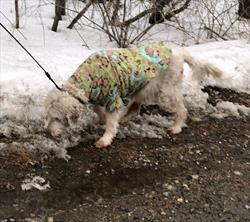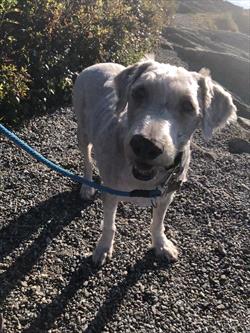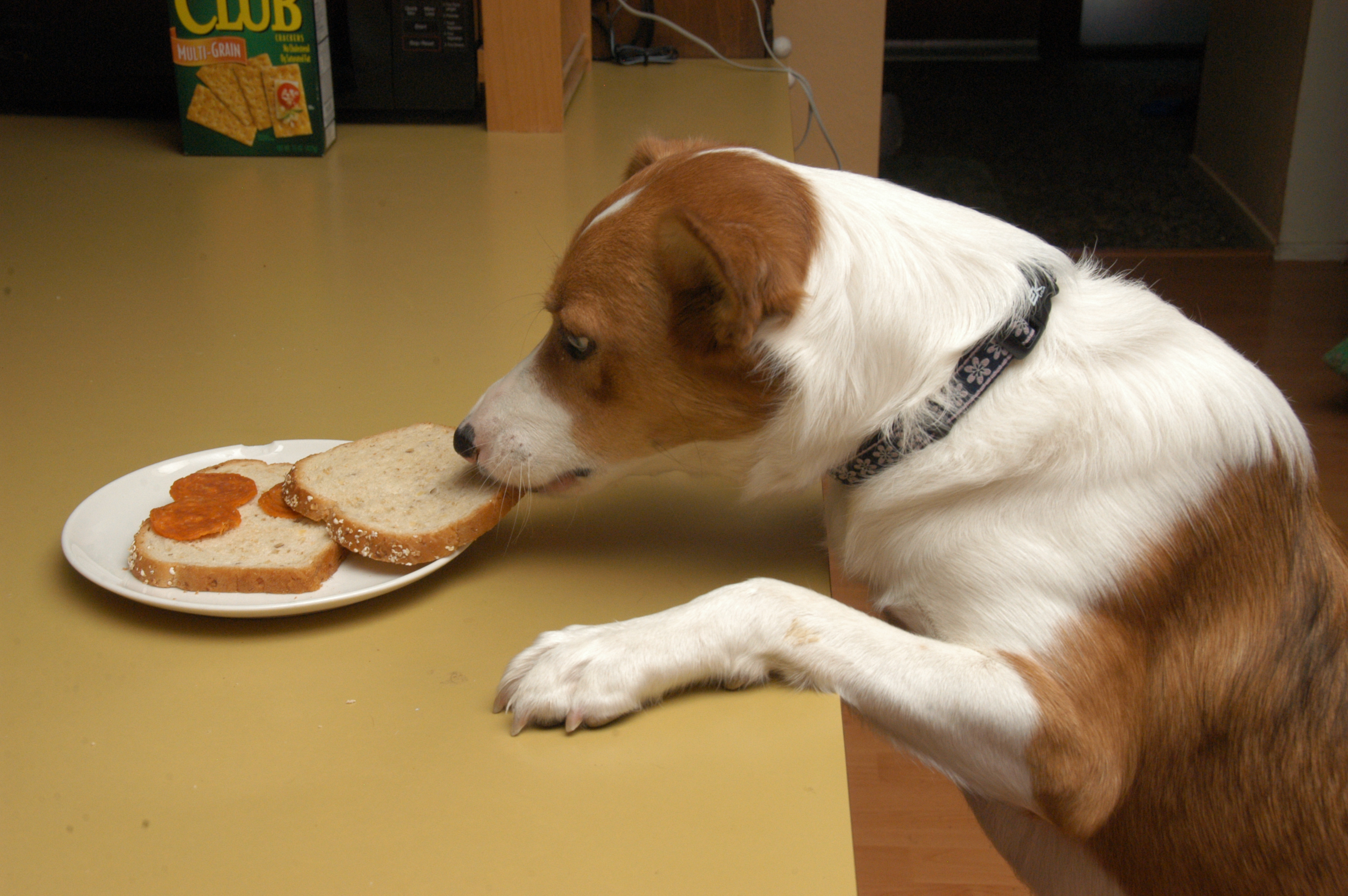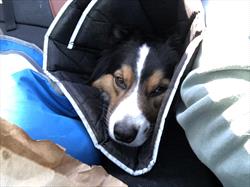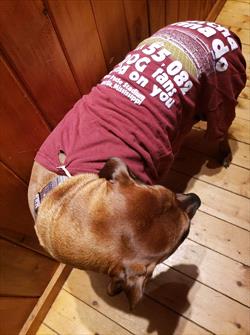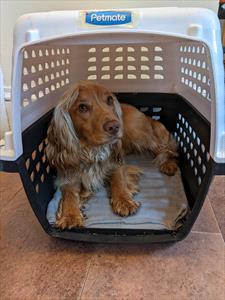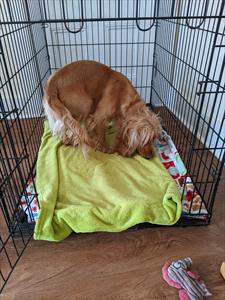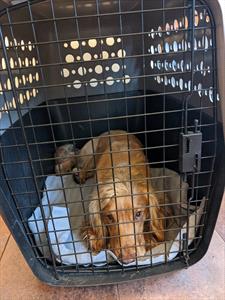When house training an adult dog, the process is the same as with a new puppy. Although you may have been told your new adult dog is house trained, that may not be the case in your home. When first brought home, you may not be able to recognize your dog’s need to go out and they do not know how to go out.
Keep slip-on shoes and a leash near the door so you can quickly take them out when they wake up, after they eat, when they are sniffing for a spot, or looking restless. Be patient and take them outside frequently.
Keep treats handy near the door to grab as you go outside to your dog’s designated potty area. As soon as your dog goes to the bathroom, reward them with several of their favorite treats. Shower your dog with treats when they go to the bathroom outside, don’t wait to treat them after they come back in.
Giving so many treats like this may be frightening to your dog, causing them to refuse the treat. If this happens, remain calm and try putting the treat on the ground near them. If they still refuse the treat, try reinforcing another way, like going back inside or letting them sniff the grass or a tree. You can also try tempting them with other treats to discover what your dog considers valuable.
Adult dogs may prefer to potty on a specific surface. A dog that has spent their life in a kennel may prefer concrete over grass because this is familiar to them. To encourage your dog to go on different surfaces, try:
- a road or sidewalk or an area with gravel;
- leaf piles that might resemble wood shavings in their previous kennel;
- bare ground under a tree or near the garage;
- a covered porch, a garage, or a pop-up tent if they only previously soiled in the house;
- a low-sided container such as a boot tray with sod or artificial grass for small dogs.
Some dogs may have been punished for toileting in the house, causing them to avoid going to the bathroom in front of people. Take them out in a safe area on a long leash or someplace where they can potty behind a tree or bush to give them privacy.
Since some dogs have never gone to the bathroom while leashed, try using a lightweight long line and be sure to keep the leash loose, or go to a safely fenced-in area so they do not need to be leashed. For small dogs, an exercise pen on the grass can often work.
Making accommodations may be short-term while you find what your dog prefers. Eventually, you can transition your dog to the area you choose. Help your dog understand where you want them to go by using a visual such as wood shavings in the area. Reinforce each time they toilet on the shavings, using fewer shavings until eventually your dog no longer needs the visual.
Similar to training a puppy, your adult dog should not have free run of the house. Use exercise pens, baby gates, or doors to keep your dog with you until they are fully house trained and let you know they need to go out. It can take several months to fully housetrain. For accidents inside, use a good enzyme cleaner to remove odors to help prevent possible future marking behavior.
If you have any concerns about your dog’s bathroom habits, discuss the issues with your veterinarian to rule out medical conditions.


